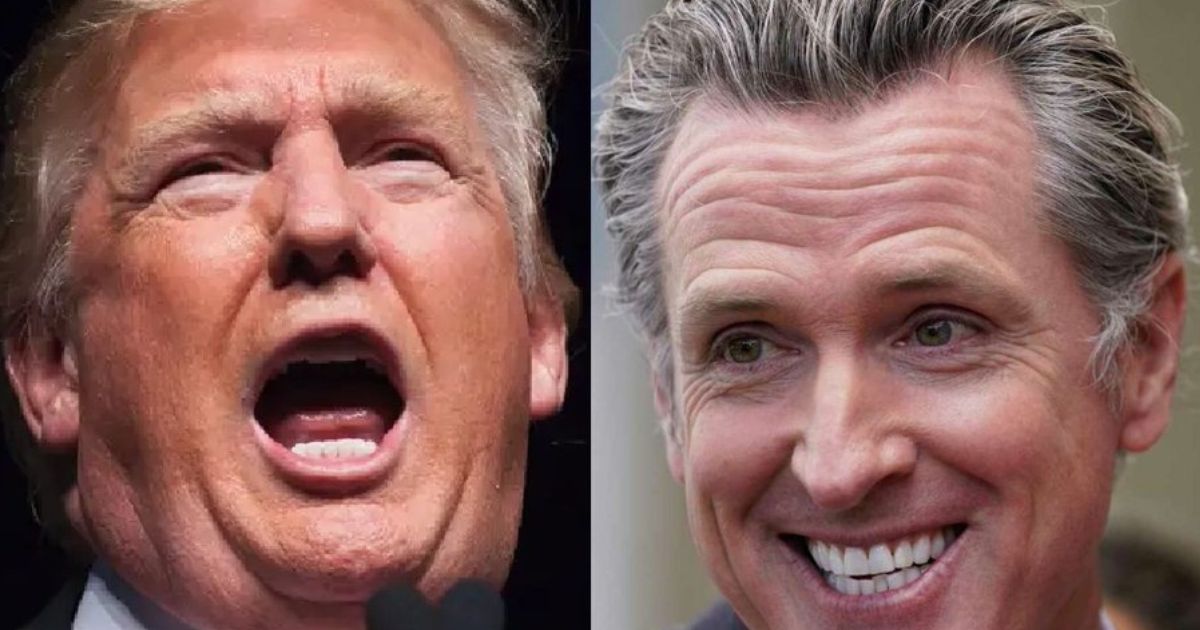California Governor Gavin Newsom couldn’t resist. After Donald Trump told Sean Hannity that tariffs have “brought peace to the world” and that he’s “saved millions of lives” using them, Newsom reposted the clip with a simple, devastating reply: “hahahahahahahahaha.” The cackle heard ’round political Twitter wasn’t subtle, but neither was Trump’s boast, which he delivered as if trade taxes were the new Geneva Conventions.
Trump’s claim came in a phone interview on Fox News, where he pitched tariffs not just as leverage but as life-saving humanitarian tools. “The tariffs have brought peace to the world,” he told Hannity, before doubling down with the line that had Newsom howling, “I’ve saved millions of lives using tariffs.” It’s the purest version of Trumponomics-as-foreign-policy: slap a tax on imports, watch the tanks reverse. Even friendly outlets framed it as… a stretch.
Set aside the grandiosity and ask a boring question: what do tariffs actually do? The short answer, according to most economists, is raise costs on imported goods and, more often than not, on American consumers and businesses too. Think higher prices at the register, supply chains rerouted around taxes, and a lot of corporate hedging to eat or pass through the hit. That’s not world peace, that’s Econ 101. Even as some institutions point out that the broader economy has “held up,” they also warn that the bill for protectionism tends to arrive late and with interest.
hahahahahahahahaha https://t.co/vl1VZ1krr7
— Gavin Newsom (@GavinNewsom) October 9, 2025
Newsom’s mockery slots neatly into his long-running role as Trump’s most camera-ready foil. The California governor, widely seen as a national messenger for Democrats heading into the 2028 cycle, has hammered Trump’s tariff talk before, casting it as a tax on American households dressed up as swagger. His one-word dunk landed because the underlying video was so over the top: Trump insisting that trade penalties “saved millions,” not during a pandemic or a war he de-escalated, but via a pricing tool economists mostly associate with cost inflation and retaliation.
The timing helps explain the theatrics. Trump is trying to stitch tariffs into a wider story about global calm and his latest Middle East push, telling supporters the same economic cudgel that squeezes Beijing also nudged sworn enemies toward ceasefires. The pitch is tidy, the evidence thin. Tariffs can coerce, sure, but they also invite payback and political blowback at home. Researchers tracking the latest tariff wave estimate significant pass-through to consumer prices already, with little offset from cheaper services. Saving lives, meet pricier washing machines.
Republicans insist the public is with Trump, but the numbers don’t cleanly back that up. Polling averages place his job approval in the low-to-mid 40s, and support for sweeping tariff hikes tends to drop once voters are reminded they’re the ones paying the tax. Meanwhile, business groups that once indulged the rhetoric are again sending up flares about rising input costs and uncertain supply lines, the kind of headaches that don’t trend on social media but do show up in quarterly earnings and grocery bills.
None of this means tariffs never move geopolitical needles; it means they’re a blunt instrument with measurable downsides. Which is exactly why Newsom’s laugh landed. It punctured the idea that a trade tax doubles as a peace plan and reminded everyone that, outside the Hannity green room, there’s a mountain of data, and a lot of receipts, that say tariffs are a domestic tax first and a diplomatic miracle last.









